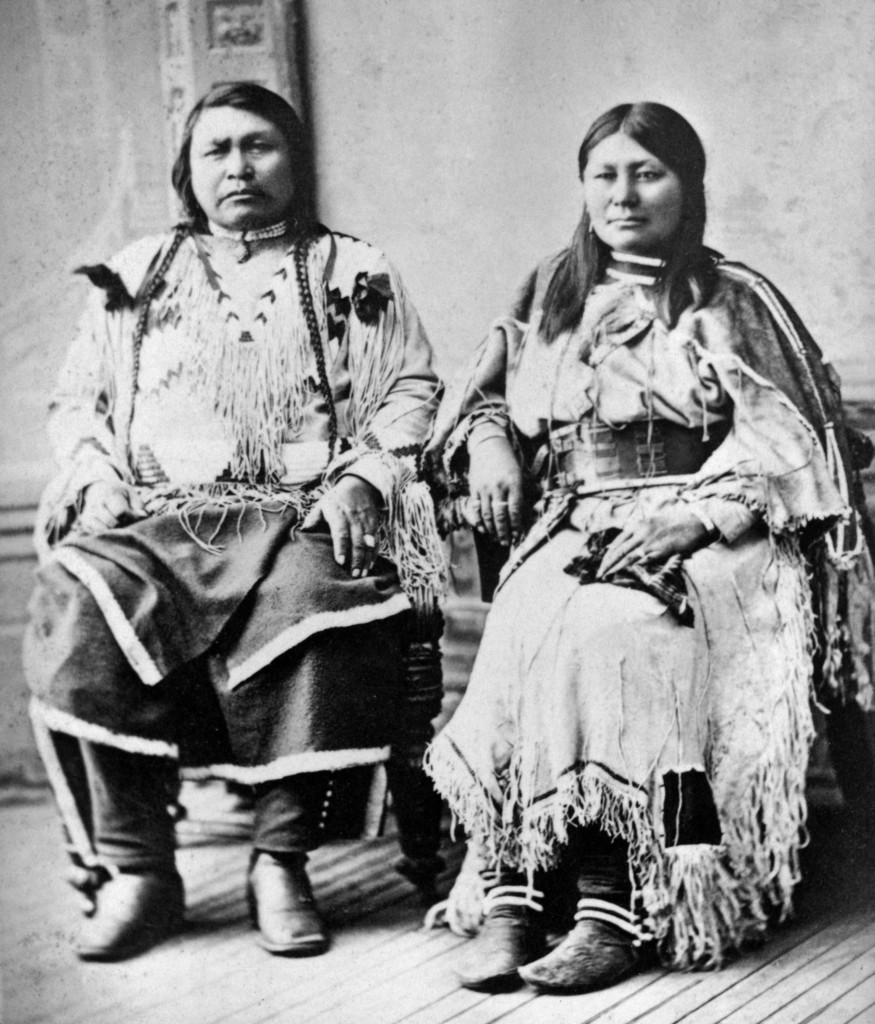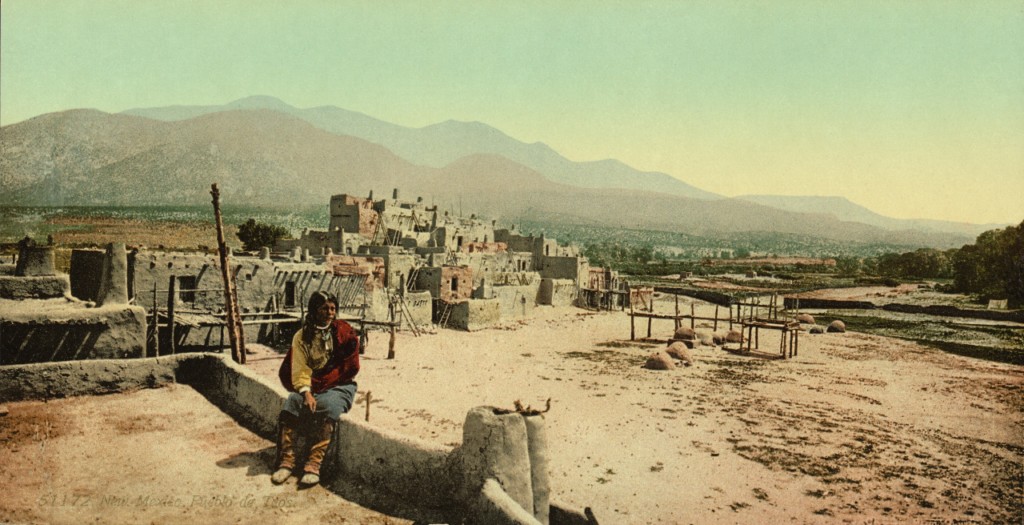Listen to this article

credit: Denver Public Library
When: 1833-1880
Where: Southern Rocky Mountains, CO
Why Important: Ute Chief and Treaty Negotiator
Biography
Chief Ouray was born November 13, 1833 in Taos, New Mexico to a Jicarilla Apache man and a Ute woman. On the night he was born there was a meteor shower. This event apparently influenced his parents to name him Ouray, which means “The Arrow.” Interestingly, Ouray was not raised by his parents, but was raised by a Spanish family in the area. In this environment he learned to speak Spanish and English, and it wasn’t until later in life that he learned to speak his native tongues, Ute and Apache. Ouray was still in contact with his biological parents, and at seventeen moved to Colorado where they had relocated. His father, despite being Apache, was chief of the Uncompahgre band of the Utes. During the next decade Ouray primarily worked as a sheepherder and married a woman name Black Water who bore him a son. Black Water tragically died and Ouray remarried in 1859, to a Kiowa Apache woman named Chipeta who grew up with the Utes, . Ouray and Chipeta were extremely fond of one another and formed a strong partnership.

(credit: Denver Public Library)
In 1860, Ouray’s father died and he became chief of the Utes. Chief Ouray used his new position within the Ute Tribe to facilitate peace with the white settlers and the United States government.1 He was known as “The White Man’s Friend”.2 While the United States government fondly referred to Ouray this way, this was an insult from the other members of the Ute tribe. Many Utes did not agree with the treaties that Ouray continued to negotiate with the United States, which often included him and Chipeta traveling to Washington D.C., as each new treaty resulted in less land that the tribe owned.3 Not only were they displeased, but there were many attempts made on Ouray’s life by angry members of the tribe. Luckily, Ouray survived the attempts made on his life4 and continued to work with the United States.5

credit: Library of Congress
In 1879, the neighboring White River Utes attacked an Indian agent and the families that lived in the area taking several women as captives.6 Ouray managed to negotiate a deal for the release of the hostages.7 Despite Ouray’s attempts at peace,8 this was the final blow for the Utes in Colorado and they lost their land within the state9 and were relocated to Utah. It was Ouray who traveled to Washington D.C. in 1880 and signed the treaty for their removal from Colorado.10
Ouray, however, fell ill with a kidney disease and died soon after he returned to Colorado from Washington.11 It was Chipeta, Ouray’s wife, who would accompany her people to their new reservation in Utah and who would continue to fight for the reinstatement of their ancestral land in Colorado.
Learn More:
- Additional article about ouray being important post meeker massacre; another account
- Discriminatory poem about the Utes
- History of the Ute nation
- Article of Ouray’s life
- The Newest in New - July 26, 2017
- Keys to Mysterious Places - July 11, 2017
- Good Old Fashioned Barbecue - July 7, 2017
